At about 11:05 a.m. on 16th July 1986 an explosion occurred in Moura No. 4 Underground Mine in Central Queensland. That explosion later to be known as the Moura No 4 mine disaster claimed the lives of 12 miners who were extracting pillars in the Main Dips Section. Their bodies were finally recovered on 23rd July 1986 after an extensive recovery operation.
The Inquiry into the fatal mining disaster was held in Rockhampton conducted before the Mining Warden and four persons having practical mining knowledge.
The Inquiry commenced on 9th February 1987 and closed on 27th February 1987. Evidence presented to the Inquiry showed that the upper part of the seven-metre thick seam was being worked and that the strata between the seam worked and the seam approximately sixty metres above it consists mainly of massive bands of sandstone.
The seam was described by witnesses as “fairly gassy”
The Inquiry found that the mine was well ventilated and stone dusted and return airways were continuously monitored for carbon monoxide and methane. Methane detecting instruments were also available to the section’s deputies.
READ RELATED CONTENT
- A fatal outburst | Collinsville mine disaster
- Emergency at Moura | What did we learn?
- An enduring sense of disaster | Bellbird Colliery Disaster
The Inquiry found that a roof fall had occurred in the goaf and that the wind blast from the fall blew a mixture of methane, air and coal dust into the working area.
An explosive atmosphere developed in the working area and in particular around the deputy’s flame safety lamp.
An ignition occurred creating a violent explosion which caused extensive damage throughout the section.
The explosion was quenched by the presence of a water barrier in the belt roadway and substantial quantities of water in swilleys in other roadways.
Some eight possible sources of ignition were considered. The Inquiry considered that the flame safety lamp, although properly assembled, was the most likely source of ignition.
A number of recommendations were made by the members of the Inquiry, the most important of these being that flame safety lamps be prohibited from use in underground coal mines in Queensland subject to limited exceptions.
Other recommendations following the Moura No. 4 mine disaster included research into frictional ignition, research into methane ignitions by mine equipment, formalisation of training standards in the industry, the establishment of emergency procedures surrounding: explosion open fire, self-heating—spontaneous combustion and inundations, supply of gas analysis equipment in mines rescue stations to evaluate bag samples, the establishment of Simtars as an ‘autonomous unit’ within the Department reporting to the Mines Minister or the Director-General, establishment of committee to investigate inertisation of mines, establishment of continuous monitoring systems for mine atmospheres, defined approval for pillar management and the continuous evaluation and monitoring of international best practices regarding mine safety in Queensland.
There were many factors that attributed to the causation of the mine disaster. The Inquiry considered that the flame safety lamp, although properly assembled, was the most likely source of ignition that resulted in the explosion.
There were 12 victims of the disaster. Kevin Keyworth 53 years,
Raymond Holton 37 years, Peter Waning 35 years, Brandt Fechner 18 years, Robert Turner 41 years, Scott McPherson 22 years, Paul Sainsbury 23 years, Lee McCulloch 23 years, Ernest Sleep 57 years,
Paul Laing 28 years, Carl Friske 25 years, Steven Hull 19 years.
There were many changed implemented including (but not limited to) the controversial banning of flame safety lamps, establishment of a government centre for mine safety research and testing (Simtars), implementation of effective training regimes and requirements for improved emergency response. You can read more in our article.
In 2016 the ABC interviewed Lester Anderson, a member of the mines rescue team sent underground in the hours following the explosion to search for survivors.
Lester said “As we went in you could see the devastation was just getting worse, and the atmosphere and the visibility was reducing,” he said.
“There was different levels of gasses that were starting to climb.
“It never leaves you. It’s just like it happened an hour ago, I mean it’s still picture perfect, it’s very clear what we saw down there, the devastation.
“The comment from the incident management team was congratulations boys, you’ve just been to hell and back. And that sort of sums it up.”
A memorial to the disaster and the Moura No 2 mine disaster was established at Moura in Central Queensland during 2018.
You can access the Warden’s Report report to the disaster here
Download the Inspector of Coal Mines Report in the Moura No.4 Mining Disaster
Images: Queensland State Archives.


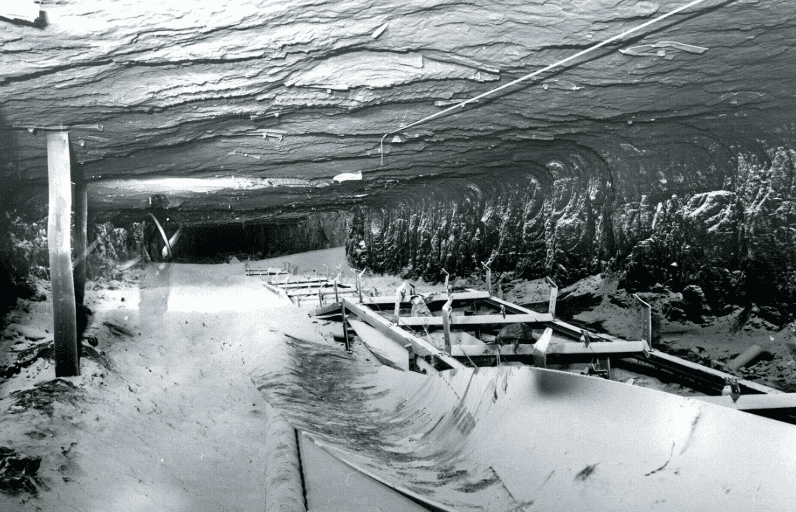
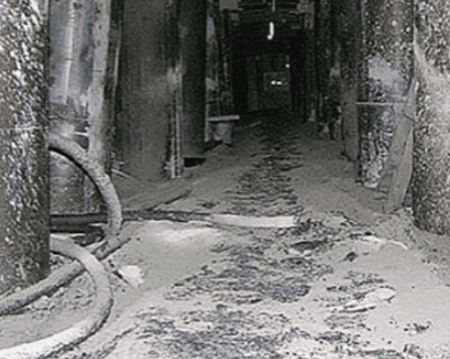
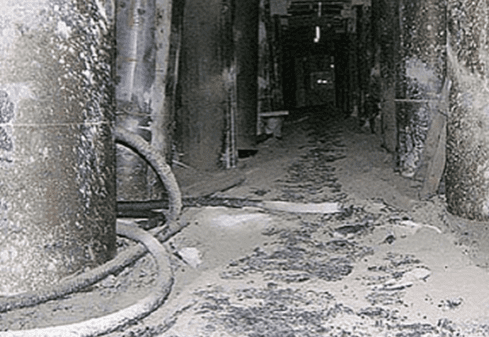
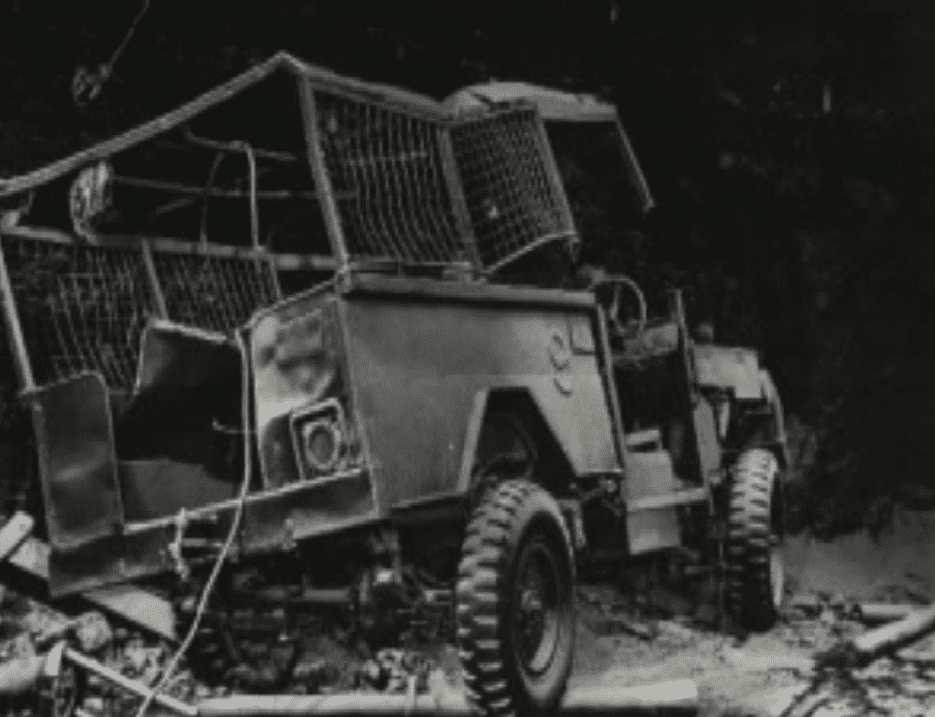
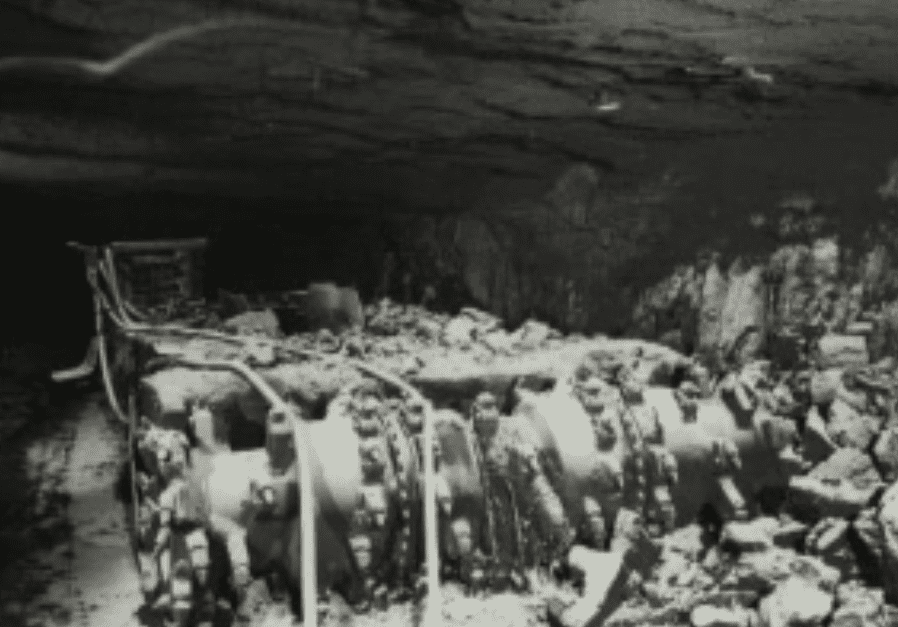

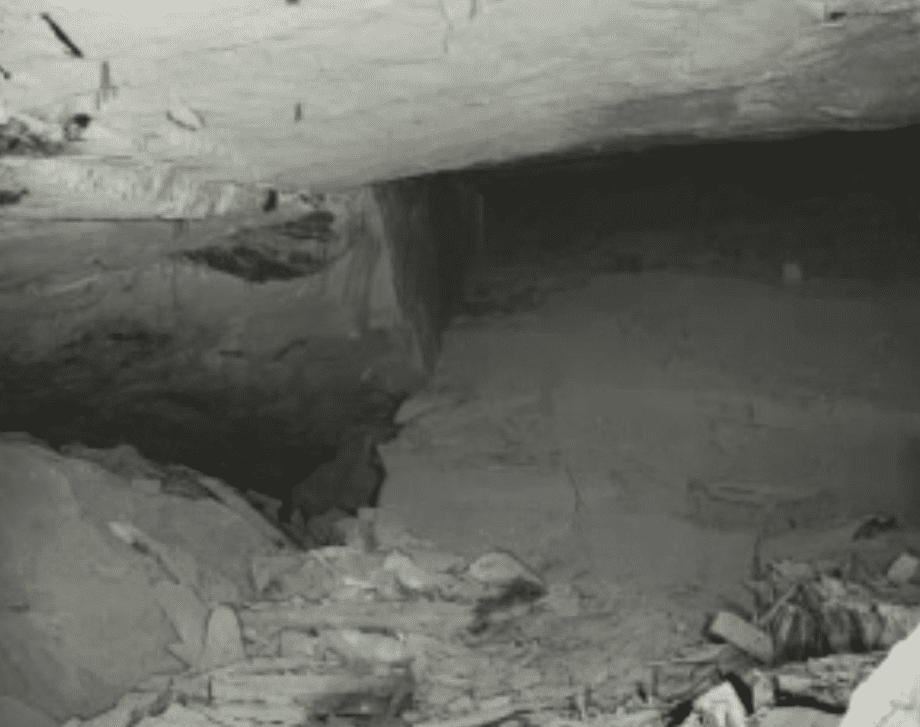
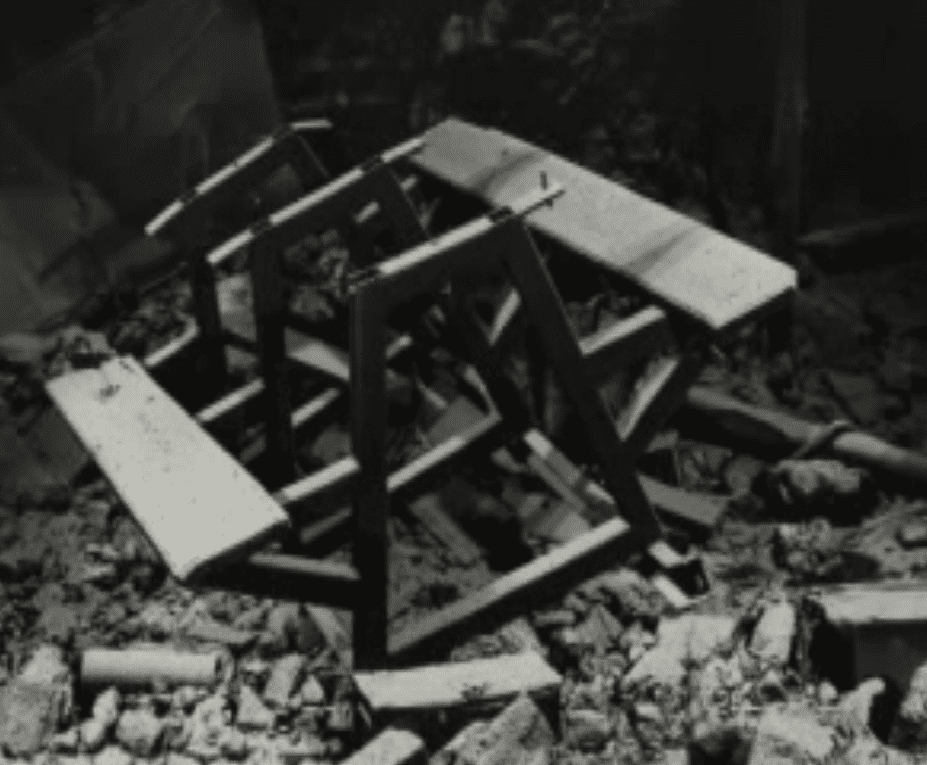
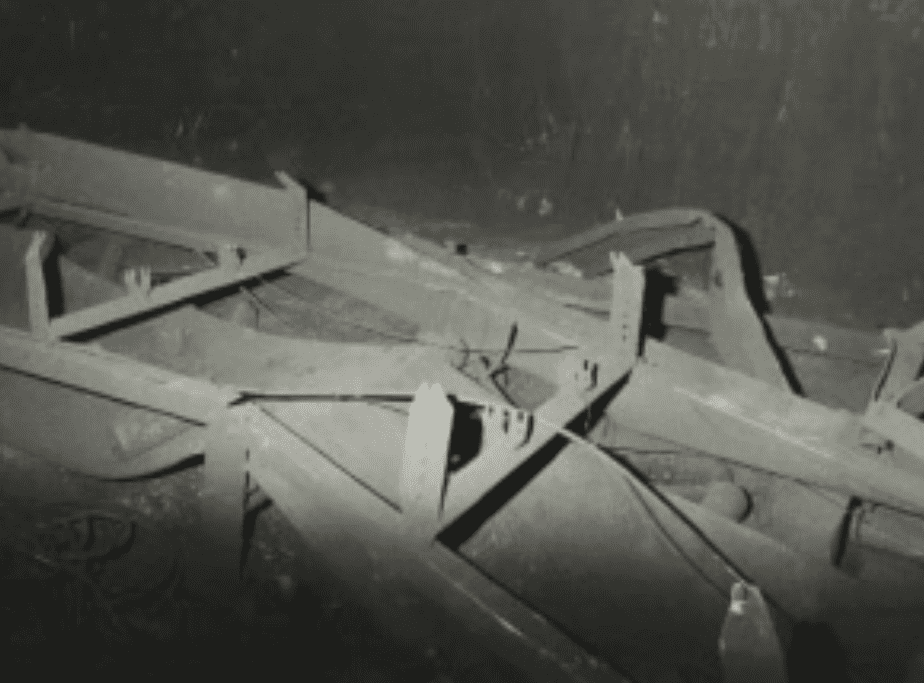
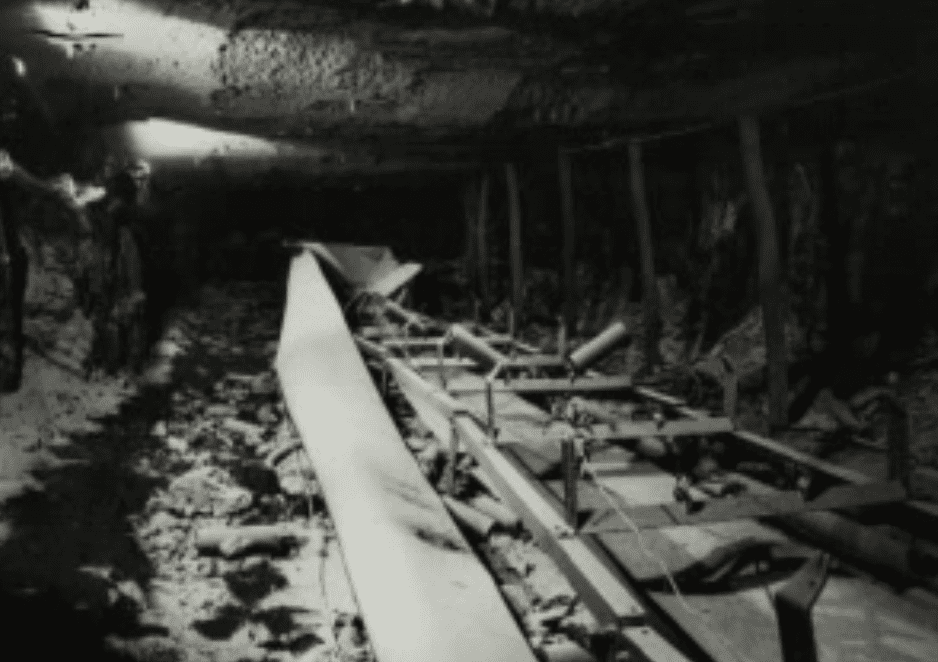
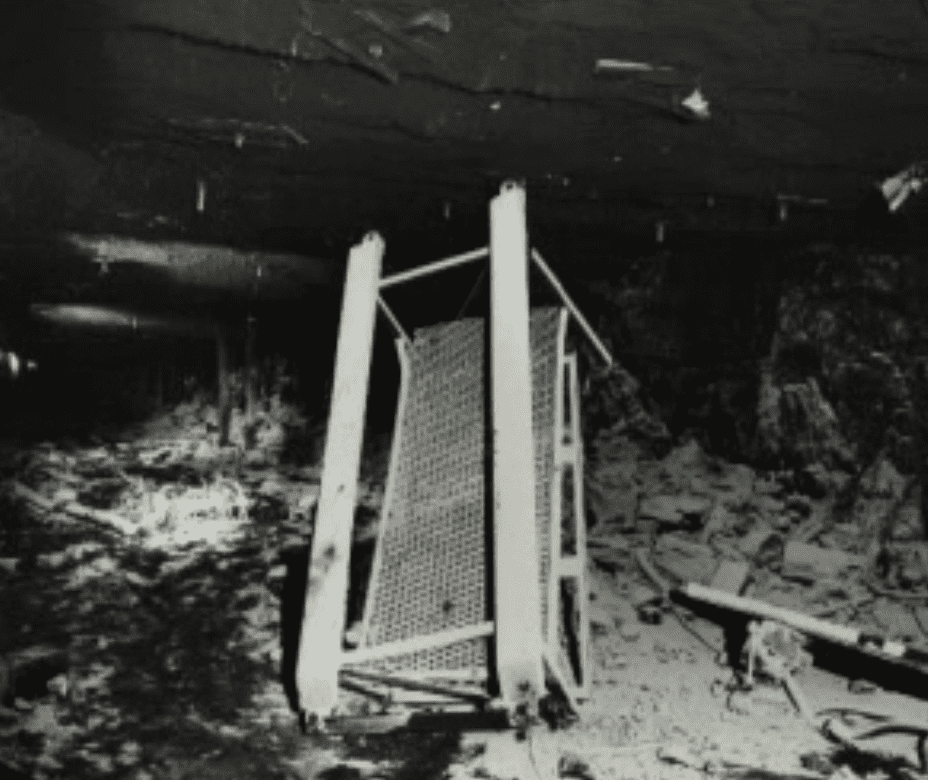
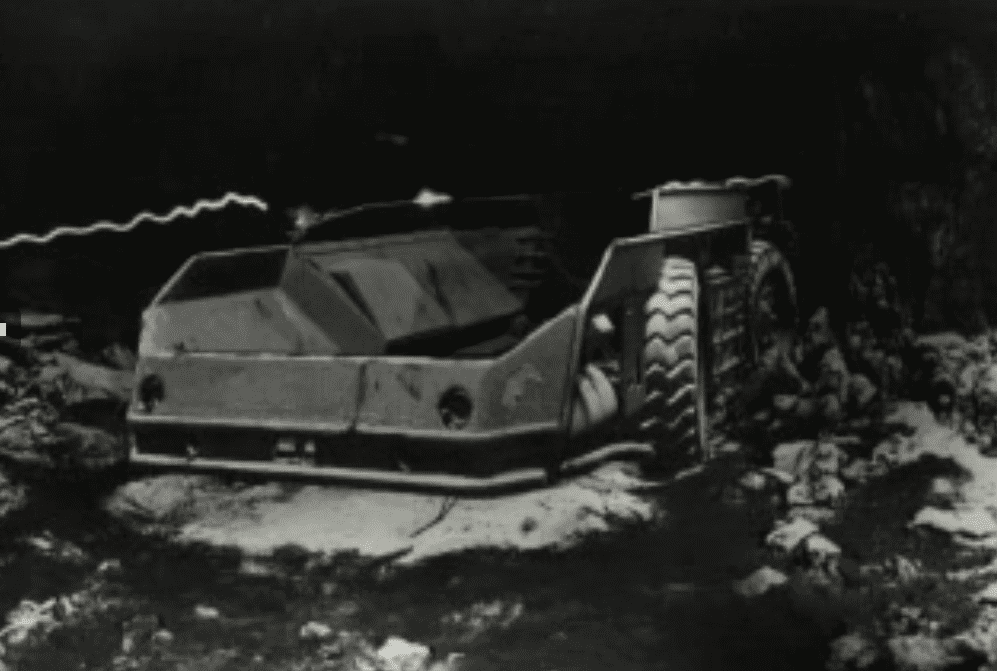
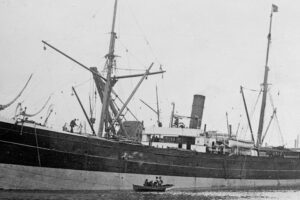

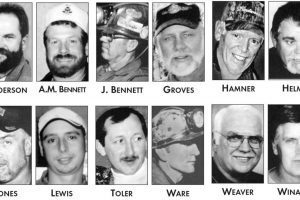








Add Comment